Discovery of Planckian time limit offers new…
Category: 4. Physics
-

“Heavy” Electrons Hold the Key to a New Type of Quantum Computer
Scientists in Japan have uncovered quantum entanglement in “heavy fermions,” revealing electron behavior tied to Planckian time in a unique material. Credit: SciTechDaily.com -
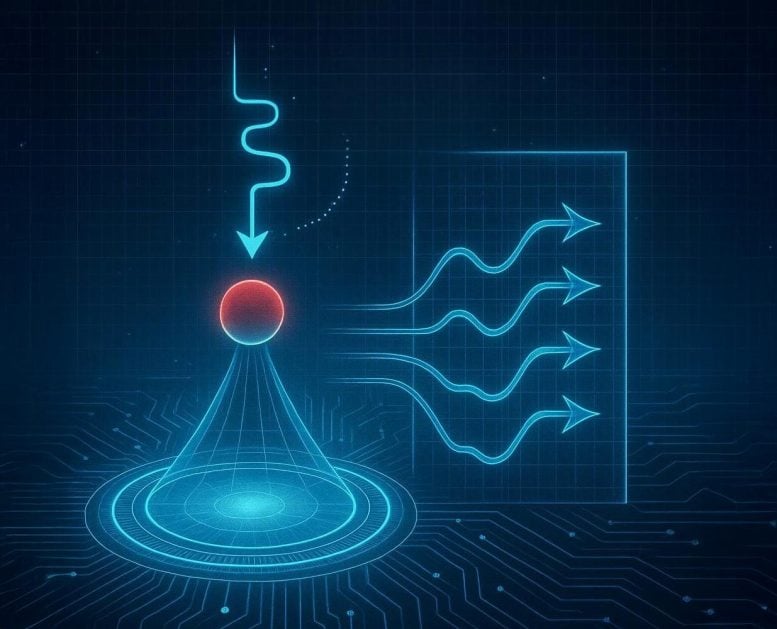
A Simple Shift in Light Control Could Revolutionize Quantum Computing
The new approach uses a purely optical technique called stimulated two-photon excitation to generate streams of photons in different polarization states directly from a quantum dot without requiring any active switching components…. Continue Reading
-
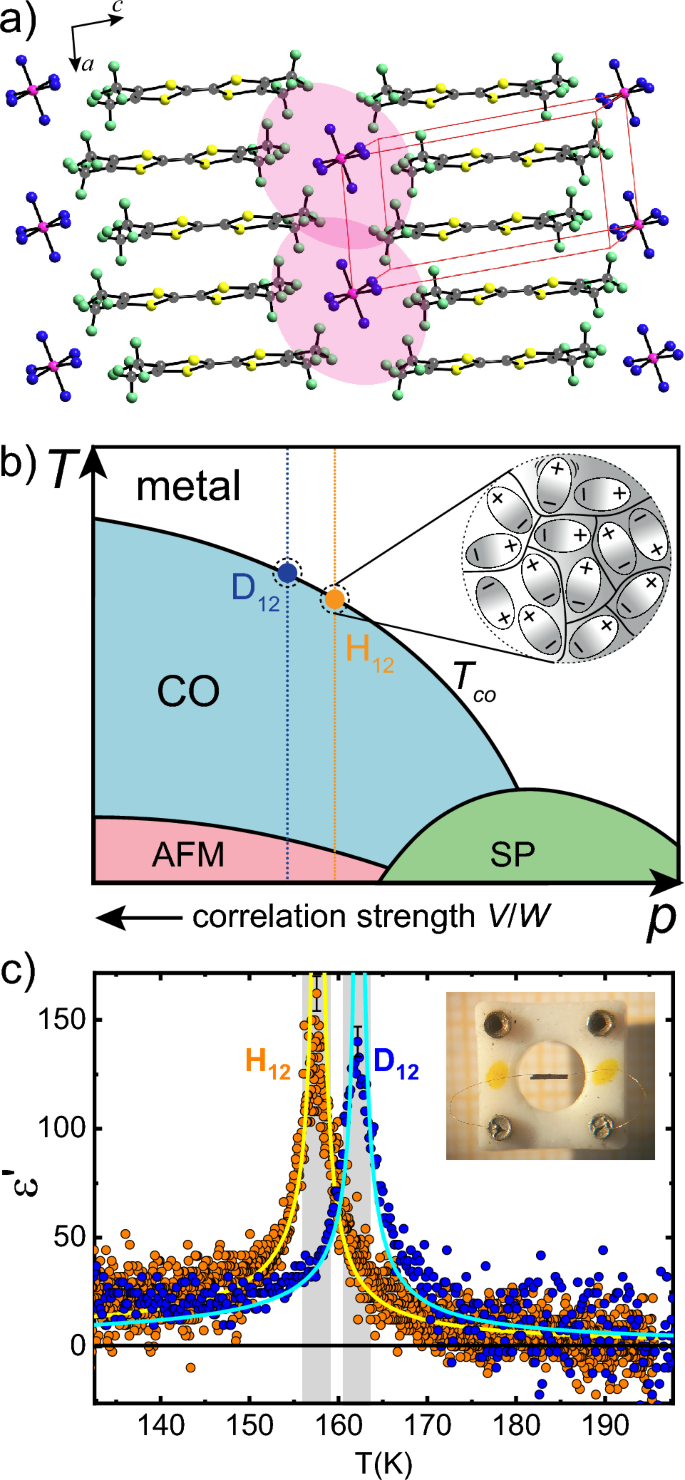
Higgs like stiffness and fractons on the verge of phase transitions
The Landau and \(\phi ^4\) theory for the second-order ferroelectric transition
Fig. 2 (a) Crystal structure of \(\text {(TMTTF)}_{2}\text {SbF}_6\), where the spheres represent hydrogen (green), carbon (gray), sulfur (yellow), fluorine (blue), and…
Continue Reading
-
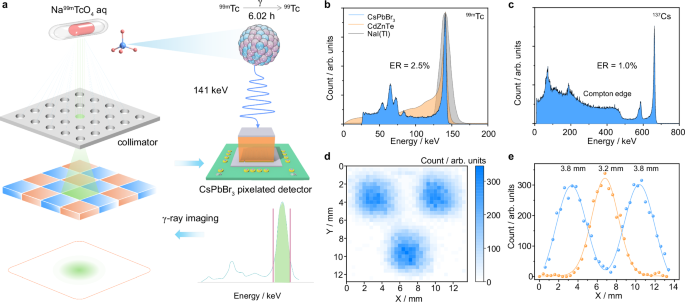
Single photon γ-ray imaging with high energy and spatial resolution perovskite semiconductor for nuclear medicine
As schemed in Fig. 1a, a perovskite γ-ray camera is proposed and developed for radionuclide γ-ray imaging, consisting of a tungsten collimator, a perovskite CsPbBr3 pixelated detector, and a multichannel signal readout system. Specifically,…
Continue Reading
-
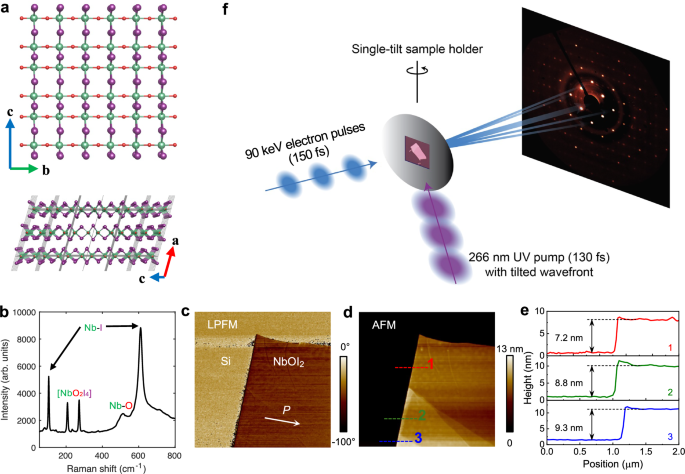
Ultrafast dynamics of ferroelectric polarization of NbOI2 captured with femtosecond electron diffraction
Characterization of NbOI2 nanocrystals
Figure 1 a shows the crystal lattice of NbOI2. The lattice constants of NbOI2 are a = 15.18 Å, b = 3.92 Å, c = 7.52 Å, and the angle β between lattice vectors a and c is 105.50 °
Continue Reading
-
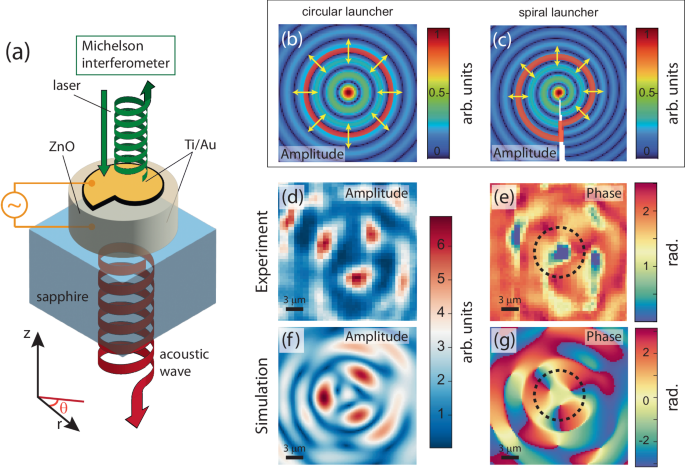
GHz acousto-optic angular momentum with tunable topological charge
Device concept
The basic device concept is displayed in Fig. 1a. A bulk acoustic wave resonator (BAWR) composed by a ZnO piezoelectric layer sandwiched between metallic contacts (see Methods for more details) is placed upon a double-polished…
Continue Reading
-

Benchmarking a heuristic Floquet adiabatic algorithm for the Max-Cut problem
The Max-Cut
The Max-Cut problem is a paradigmatic classical optimization problem. Let G be a graph on a set of L vertices \(V=\{1,…,L\}\) with a set of edges \(E\subset V^2\). This problem consists in finding a partition \(V=V_0\cup V_1\) with
Continue Reading
-

A strange quantum effect could power future electronics
Researchers at Rice University and collaborating institutions have discovered direct evidence of active flat electronic bands in a kagome superconductor. This breakthrough could pave the way for new methods to design quantum materials –…
Continue Reading
-
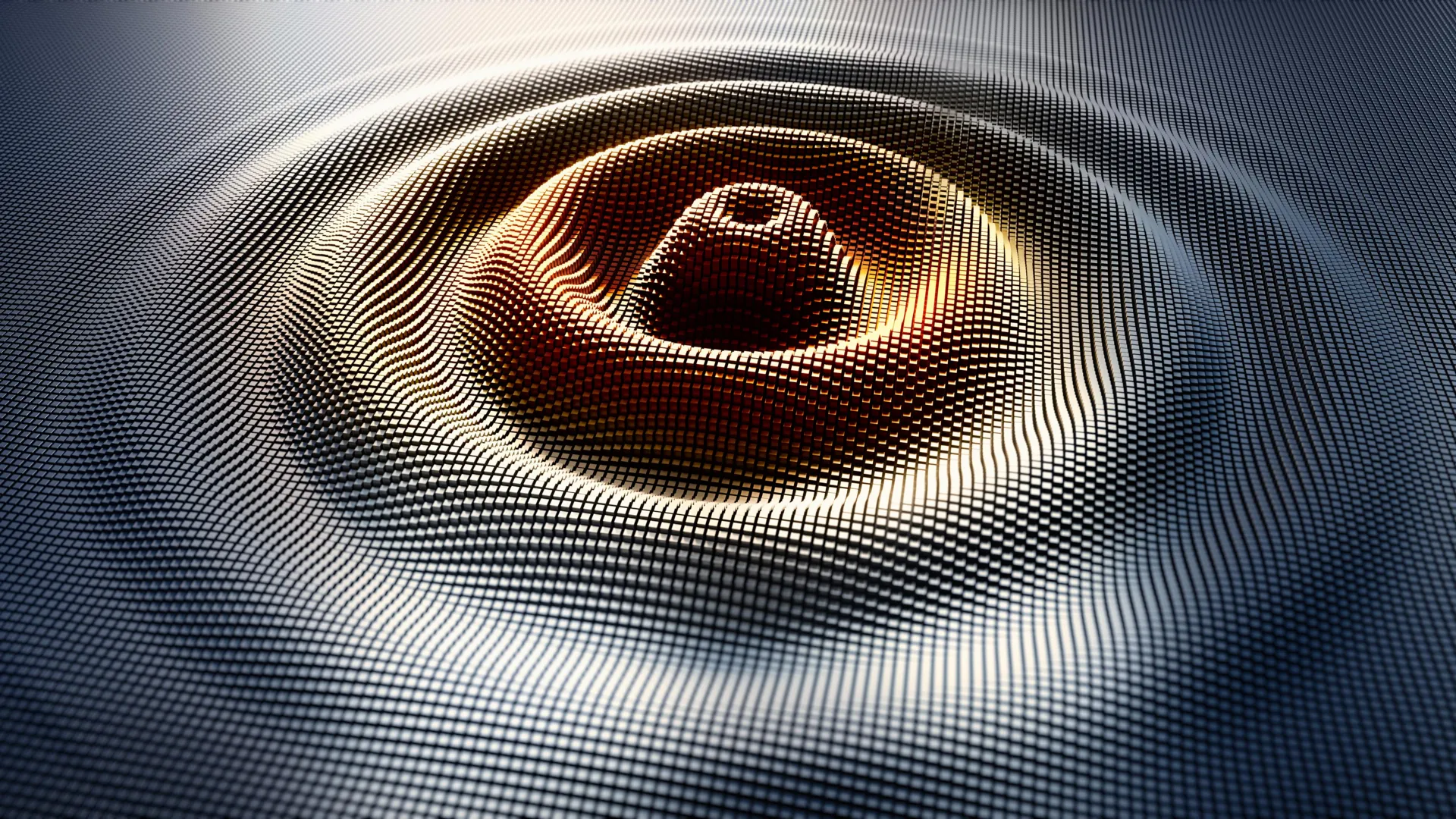
Scientists finally solve a century-old quantum mystery
A plucked guitar string can vibrate for seconds before falling silent. A playground swing, emptied of its passenger, will gradually come to rest. These are what physicists call “damped harmonic oscillators” and are well understood in terms of…
Continue Reading
-
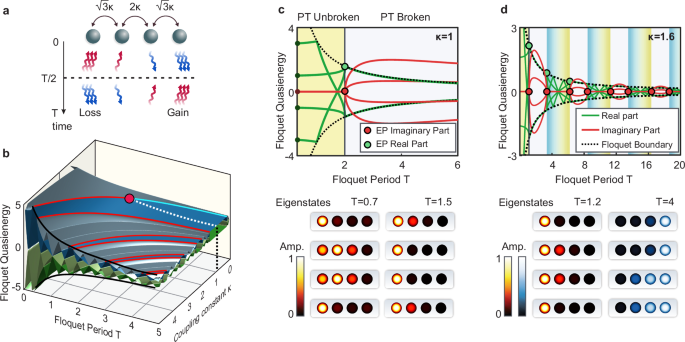
Skin-effect localization and maximal-order exceptional points in reciprocal Floquet lattices
Theoretical framework
To develop a model exhibiting high-order NHSE EPs, we apply the principles of \({{{\mathscr{PT}}}}\)–symmetry within a Floquet framework. The evolution dynamics of Floquet configurations, i.e., systems subject to periodic…
Continue Reading